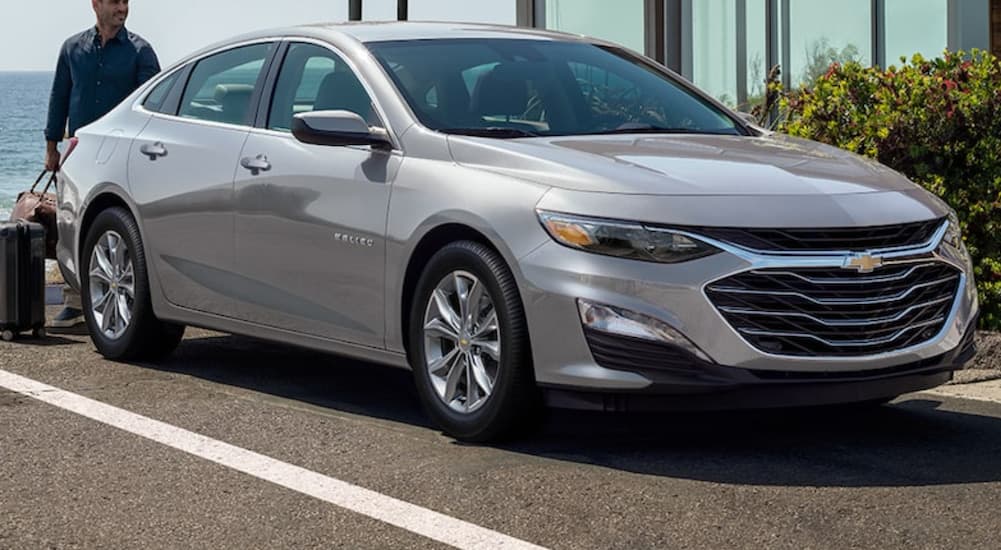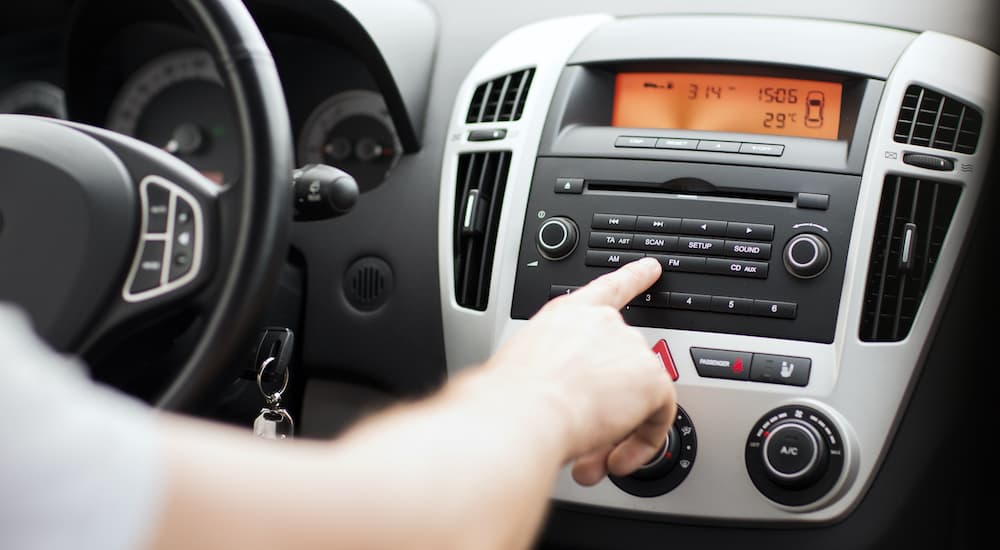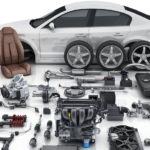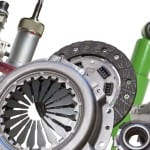As Americans, we have a great love affair with DIY projects. Whether it’s renovating our home, fixing up a piece of furniture to look its very best, and in some cases, outfitting our vehicles with parts that enhance performance, handling, and comfort, it can be an exciting process, watching our dreams manifest into reality as piece by piece, we get closer and closer to achieving automotive nirvana. These items, known as aftermarket parts, can certainly turn any car into a dream come true.
However, there’s another part of this process that rarely gets discussed when we’re on our quest for more horsepower. There might come a time when you say to yourself, “should I sell my car even though it’s modified?” While the reasons for wanting or needing to do so can greatly vary, you might think to yourself, “How will the aftermarket accessories and customization affect my sale price?” This is what we’ll be addressing today.

OEM vs Aftermarket
When it comes to getting new or spare parts for your vehicle, you usually have a choice between OEM and aftermarket. There’s a noticeable difference between these two types, and we would be leading you astray if we didn’t take a few moments to touch base with each one.
OEM stands for “original equipment manufacturer.” Here’s an example to explain the difference between OEM and aftermarket. Let’s say you drive a Chevy Malibu and need a new part, such as an alternator or muffler. In order to solve this problem, you take your Malibu to a local Chevy dealer such as the one you bought your vehicle at. Because Chevy is a subsidiary company of GM, the service and parts department at the dealership will replace the faulty part with a replacement made by GM. GM parts for your Malibu would be considered OEM because they are produced by the original manufacturer.
Aftermarket parts are very similar to the ones manufactured by GM, but they’re designed and built by a third party. Many times, aftermarket parts are built to enhance performance or provide a replacement part at a slightly lower price. Easy examples for aftermarket parts include buying a new air filter from a third-party brand that isn’t affiliated with the manufacturer because it costs less. On the other hand, say you want to change the ride height of your truck, you may want to go with a lift kit provided by an independent company because you know good things about their work.
The Economics of Aftermarket
Much like other choices you make on a regular basis, there are ups and downs to the customization of your vehicle. In some cases, choosing aftermarket parts is simple, and you really won’t have to worry about them affecting the working of your vehicle or the potential price. In other cases, aftermarket parts can greatly impact your vehicle’s value, though whether that is a positive or negative impact remains to be seen.
Before we go any further, there are some misconceptions that we’ll need to clear up. Sometimes people are under the impression that only using OEM parts will retain their vehicle resale value or increase it. On the opposite end of the spectrum, some drivers are hesitant to equip their vehicle with any aftermarket parts because of a concern that they’ll somehow reduce the overall resale value of their vehicle and void the original manufacturers’ warranty. We assure you that these are all false.
OEM parts tend to be recommended because they are designed by the same people who created your vehicle, will often be covered if you have warranties, or are the default if you bring your vehicle to a dealership service center. However, if you don’t have a warranty covering the part repair, you see a non-dealer mechanic, or you simply prefer other options, you might want or get parts that are made by a third party because they can be cheaper or arguably better. Keep in mind, though, if your vehicle does have warranty coverage, and you do an aftermarket modification that directly affects the operation of your vehicle and causes it to fail, your warranty won’t cover the damage.
What Aftermarket Parts Can Increase the Value of My Vehicle?
Increasing the value with aftermarket parts is a possibility, but it all depends upon what you decide to outfit your vehicle with. Here are some examples of aftermarket performance parts that can increase the sale price of your vehicle.
- Stereo Systems: If you’ve put a great deal of time and energy into upgrading your stereo system with speakers, subwoofer, or even a disc-changer, chances are, there’s an audiophile somewhere who would be more than happy to own a vehicle with a stereo system.
- Engine and Performance Enhancements: If you’ve outfitted your vehicle with aftermarket performance parts such as a new exhaust system, a racing chip, or a better air intake, performance-happy motorists might be willing to pay a little extra for those upgrades with their vehicle.
- Auto Body Modifications: Despite our best efforts to deny it, we’re a very image-conscious society, one that places a lot of emphasis on looking our very best. If you’ve added a body kit, hydraulics, lifts, or alloy wheels, there’s a good chance your vehicle might sell for a slightly higher rate.
While these items can attract a potential buyer, outfitting your car with aftermarket parts does have a downside that can affect the sale of your vehicle in a negative way. This all comes down to the fact that no two drivers are exactly alike. When you put money into customizing your vehicle, you’re reaching for a goal, but it’s a goal that’s very personal and might not be shared with someone else. The more you add to your vehicle, the smaller the buyer pool inevitably becomes. That’s not saying that selling a customized car is impossible, but it might take some choice marketing to a niche audience to succeed in doing so.
Here are some examples of aftermarket additions that may discourage potential buyers.
- Some Prefer Stock: This is more of a factor that comes into play when people are looking to purchase classic or collector cars. (Especially for ones manufactured in the 1960s and ’70s.) While there’s never been a shortage of modified muscle cars in existence, some collectors are looking for cars that have all the original parts intact.
- The Subjectivity of Art: If you’ve spent a great deal of money to get a custom paint job, there’s always a chance that a buyer might be instantly turned off. Color palettes, like many other aspects of the art world, are subjective according to taste. Just because you thought it was a great idea to get your Honda Civic painted hot pink doesn’t mean a prospective buyer will agree.
- High Performance Isn’t for Everyone: While some drivers thoroughly enjoy high-performance vehicles and crave the feeling that only high amounts of horsepower can deliver, some people have little to no use for it. Many consumers have a need for practicality when it comes to shopping for an automobile.
Making the Right Choice
When it comes to choosing between OEM and aftermarket parts, there is no right or wrong answer as to which is better suited for you. Any vehicle you decide to purchase is an investment and should be treated as such. This means that choosing what modifications or parts you decide to use should come down to a matter of whether you plan on selling your vehicle in the foreseeable future or not. If you want to keep your car for a long period of time and customize it to fit your individual wants and needs, then aftermarket parts might be a logical choice. However, choosing OEM parts will allow you to market your vehicle to a much wider demographic if you ever try to sell. This is especially true if you attempt to sell or trade in your vehicle at a dealership. Use your best judgment when it comes to what’s best for you.




